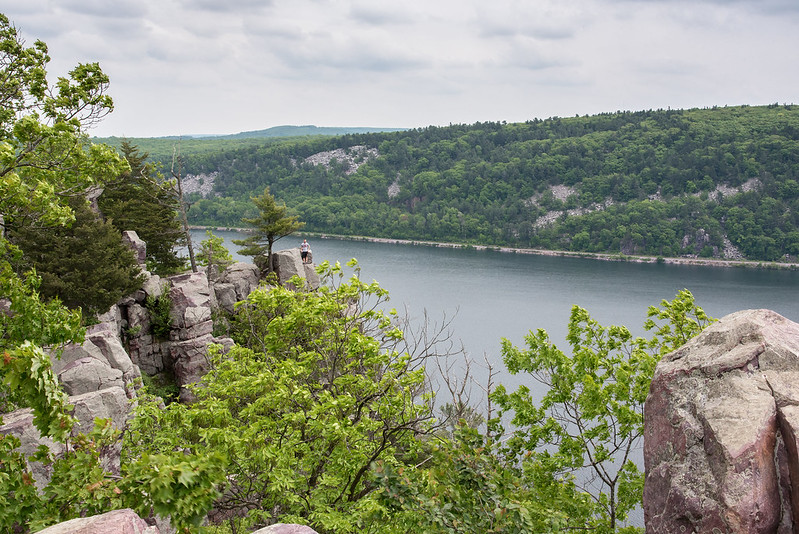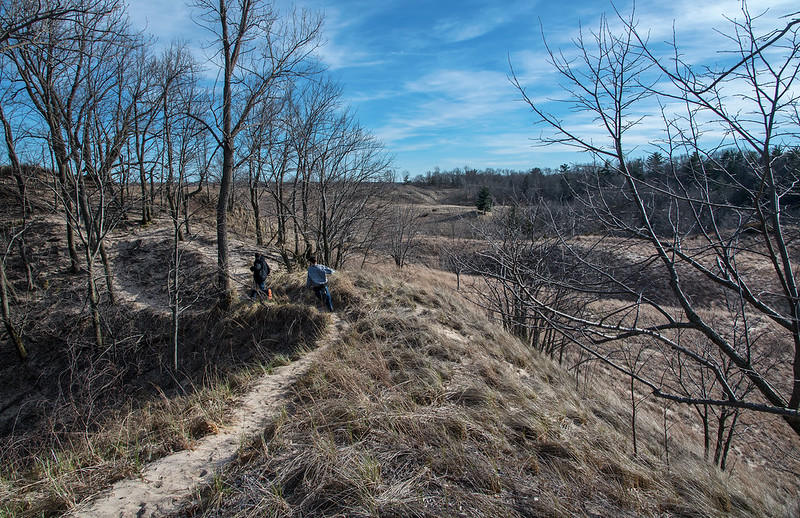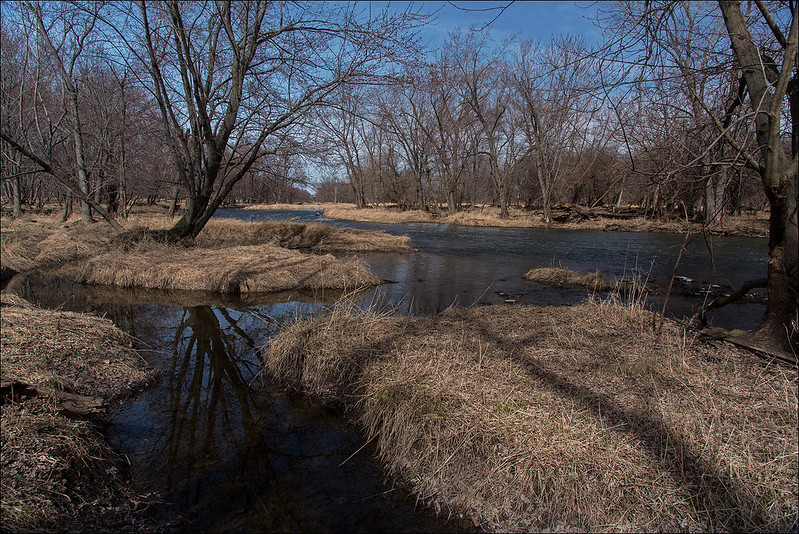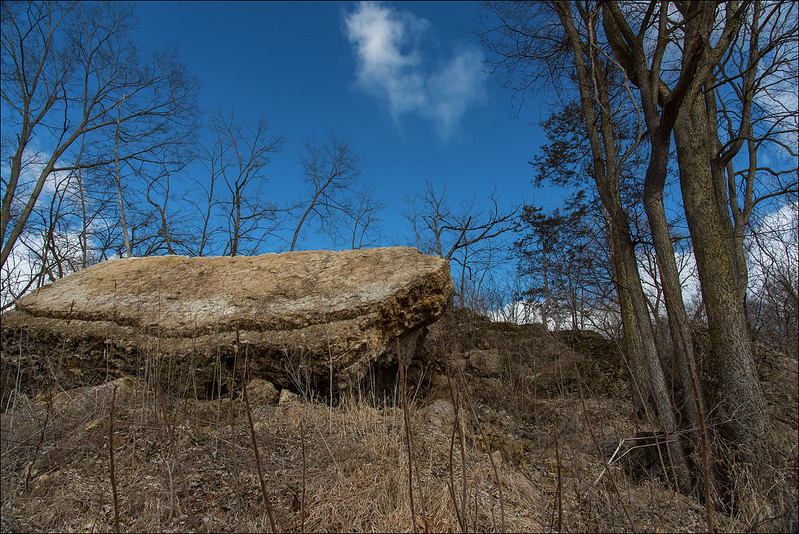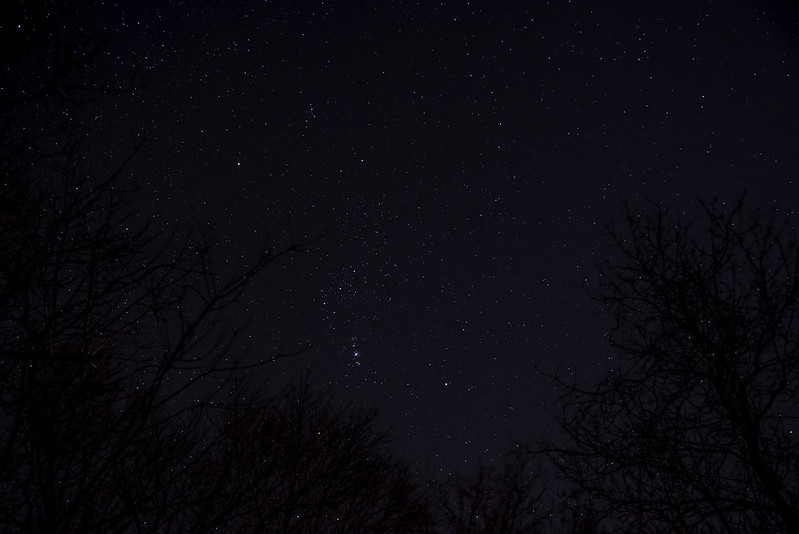
It's been a relatively warm winter after a snowy December, and the shelf ice around Lake Michigan has all but disappeared. Last week, temperatures dropped below freezing again, so the shelf ice along the shore is building again.
While it's not mounded as high as past years, and doesn't extend hundreds of feet out into the lake, it's still interesting to view. One of the good things about this type of ice is that quite a bit of it does not extend over the water, so we were able to explore a bit of it - the parts that formed over the sand.

Should this ice crumble beneath our feet, we would simply drop about two feet to the beach below, not into the freezing, churning waters of Lake Michigan, as if we ventured out onto the shelf ice. Shelf ice is dangerous to walk on, and unless one knows the area very well, even walking on the ice near the shore can cause injury or death.
This ice was formed during heavy surf, so the chunks and mounds formed on dry land, and we did not venture near the portions that extend over the water like a shelf.

Far beyond the chunks of ice, the Chicago skyline peeks over the horizon in the image above. As dangerous as it can be, and as cold as the temperatures are on the beach, one of the best times to visit the Lake Michigan shore is winter.
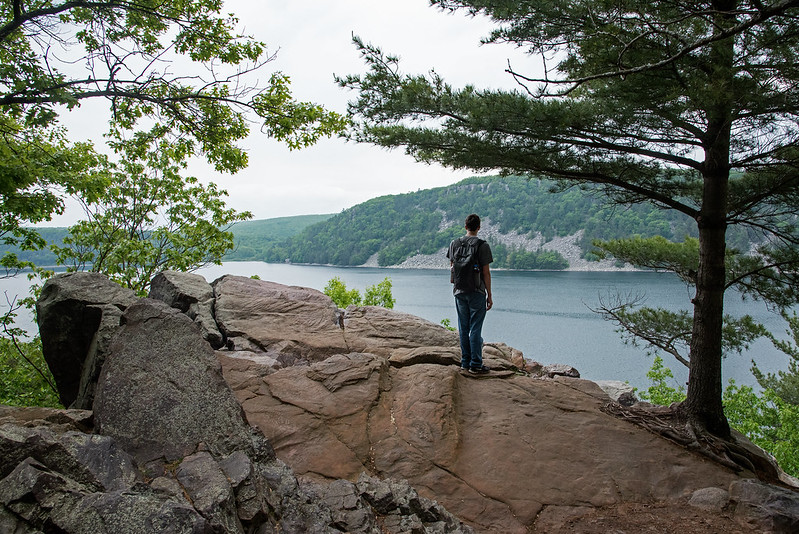 Following our 1.7 mile hike up, across, and down the West Bluff Trail, we crossed the relatively flat south shore of Devil's Lake. The glaciers left a moraine at this spot, dumping a mound of till that helped form the lake by closing off the area between the two bluffs.
Following our 1.7 mile hike up, across, and down the West Bluff Trail, we crossed the relatively flat south shore of Devil's Lake. The glaciers left a moraine at this spot, dumping a mound of till that helped form the lake by closing off the area between the two bluffs.  The hike down the West Bluff was a bit challenging, but made easier by the stone stairs arranged by the park. Some of these areas created bottlenecks where tired hikers slowed down to avoid tripping, while young kids ran past with no thought of danger.
The hike down the West Bluff was a bit challenging, but made easier by the stone stairs arranged by the park. Some of these areas created bottlenecks where tired hikers slowed down to avoid tripping, while young kids ran past with no thought of danger.  Once again, the views of the lake below were fantastic, and the town of Baraboo could be seen on the horizon. It was a strange sensation to watch birds glide below us, as they soared on updrafts created by the twin bluffs. We hiked around three miles, and came upon many interesting rock formations, views, and features, but have yet to see the popular formations that attracted us to the park. Those were on the path ahead.
Once again, the views of the lake below were fantastic, and the town of Baraboo could be seen on the horizon. It was a strange sensation to watch birds glide below us, as they soared on updrafts created by the twin bluffs. We hiked around three miles, and came upon many interesting rock formations, views, and features, but have yet to see the popular formations that attracted us to the park. Those were on the path ahead.



